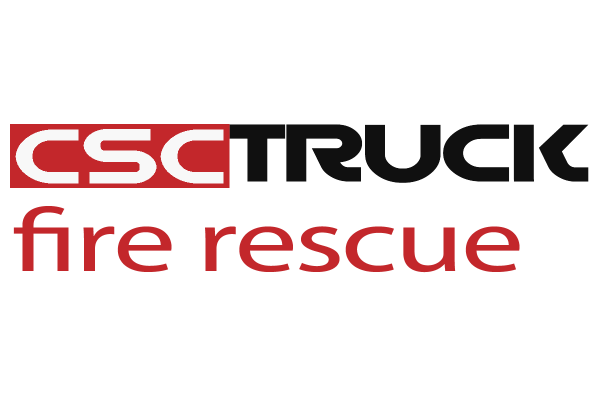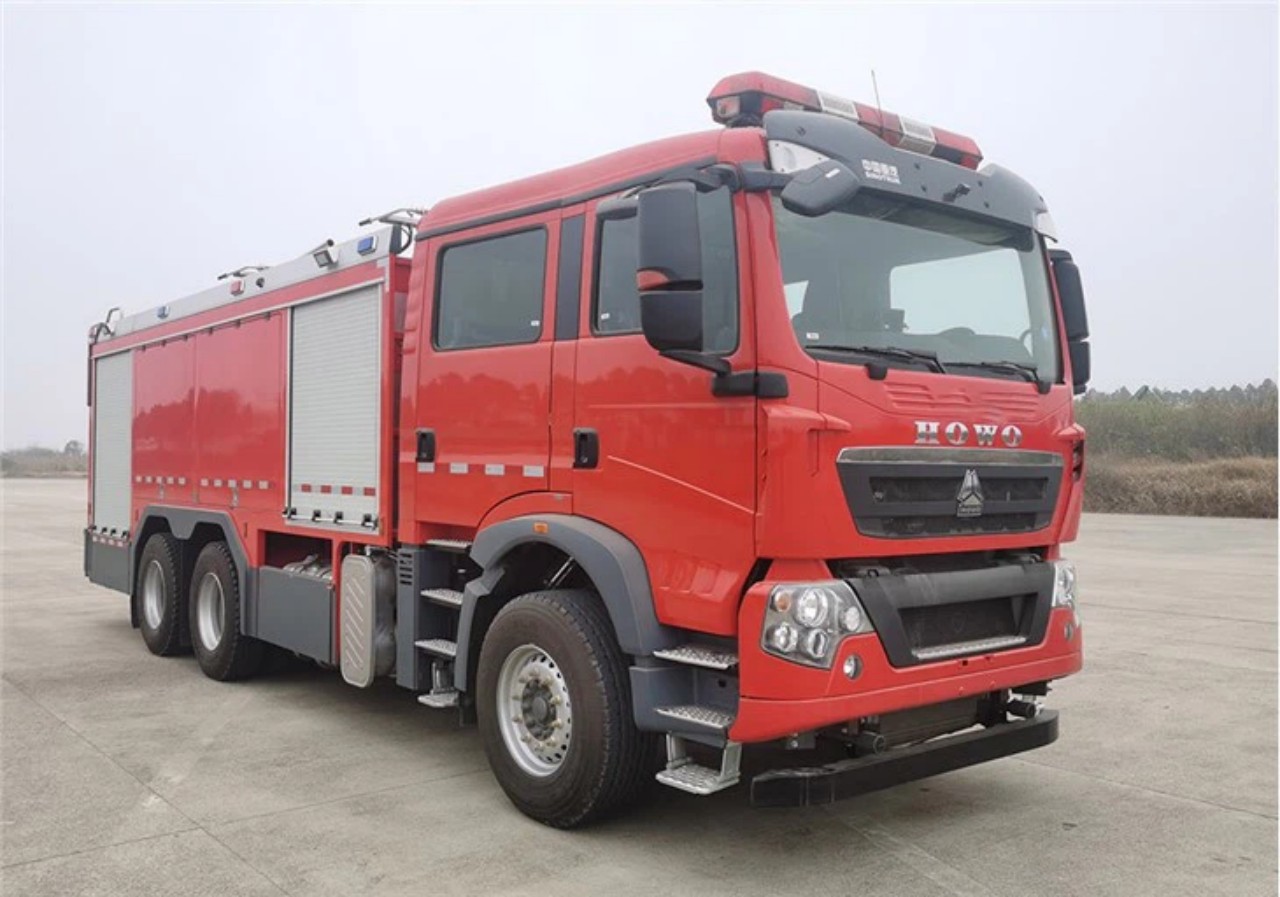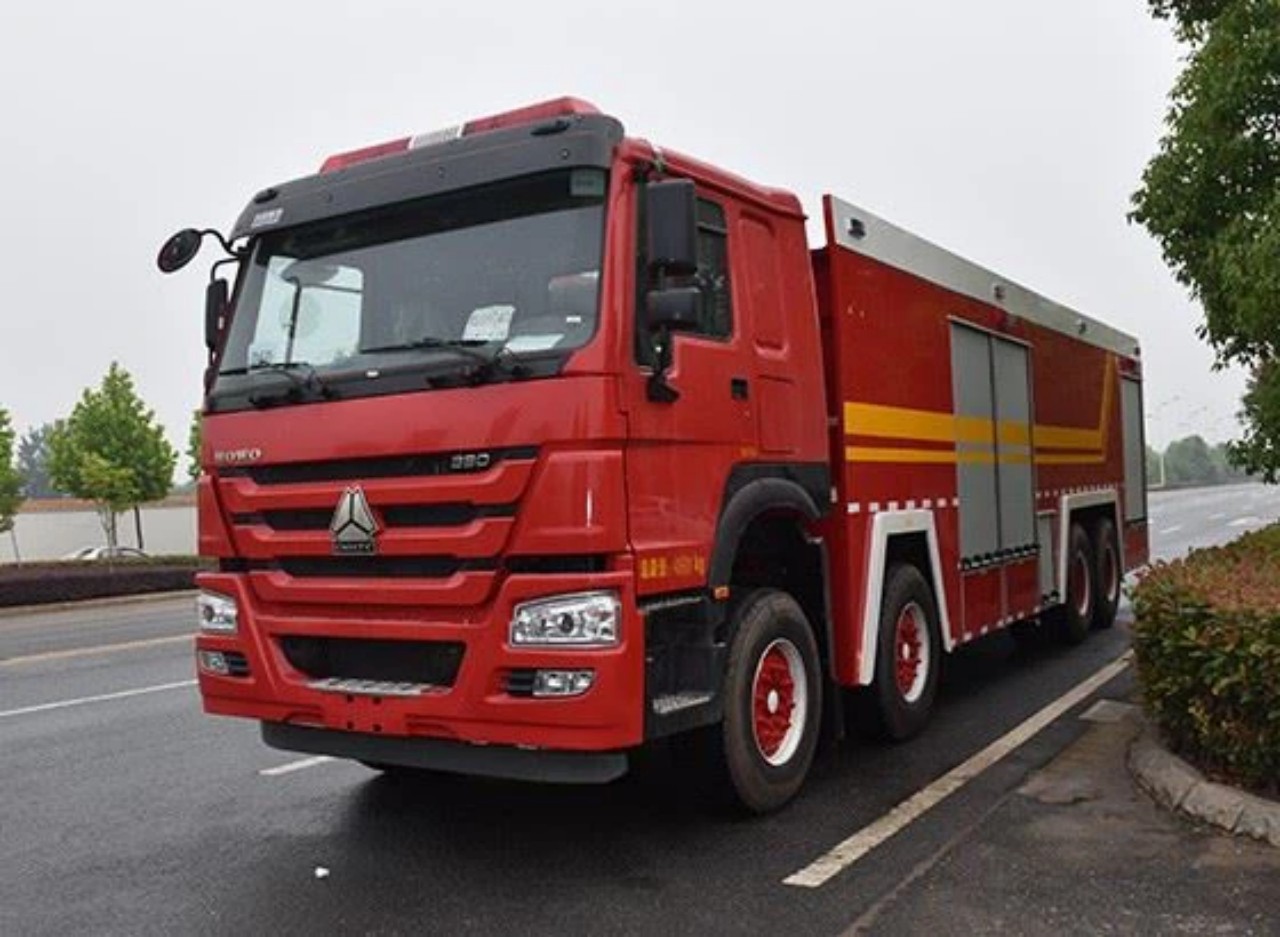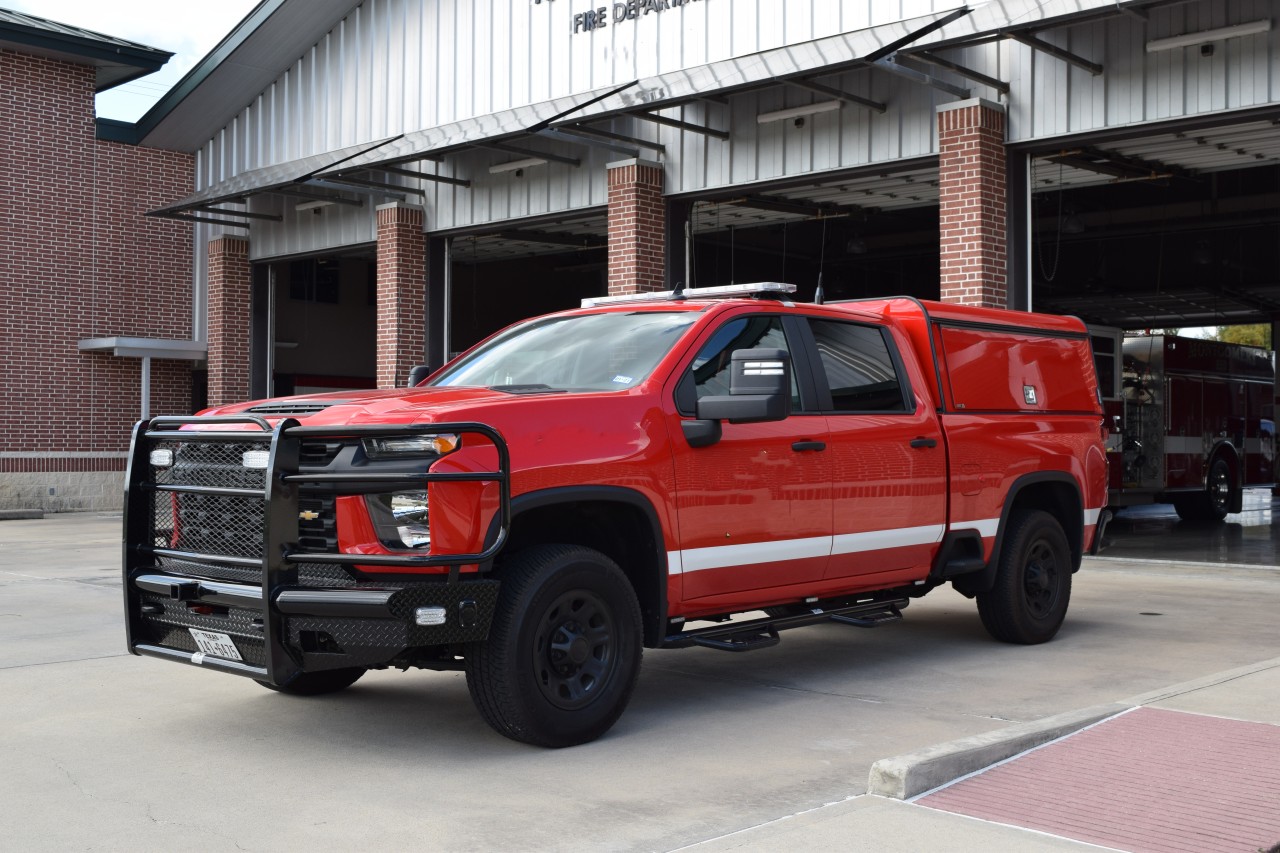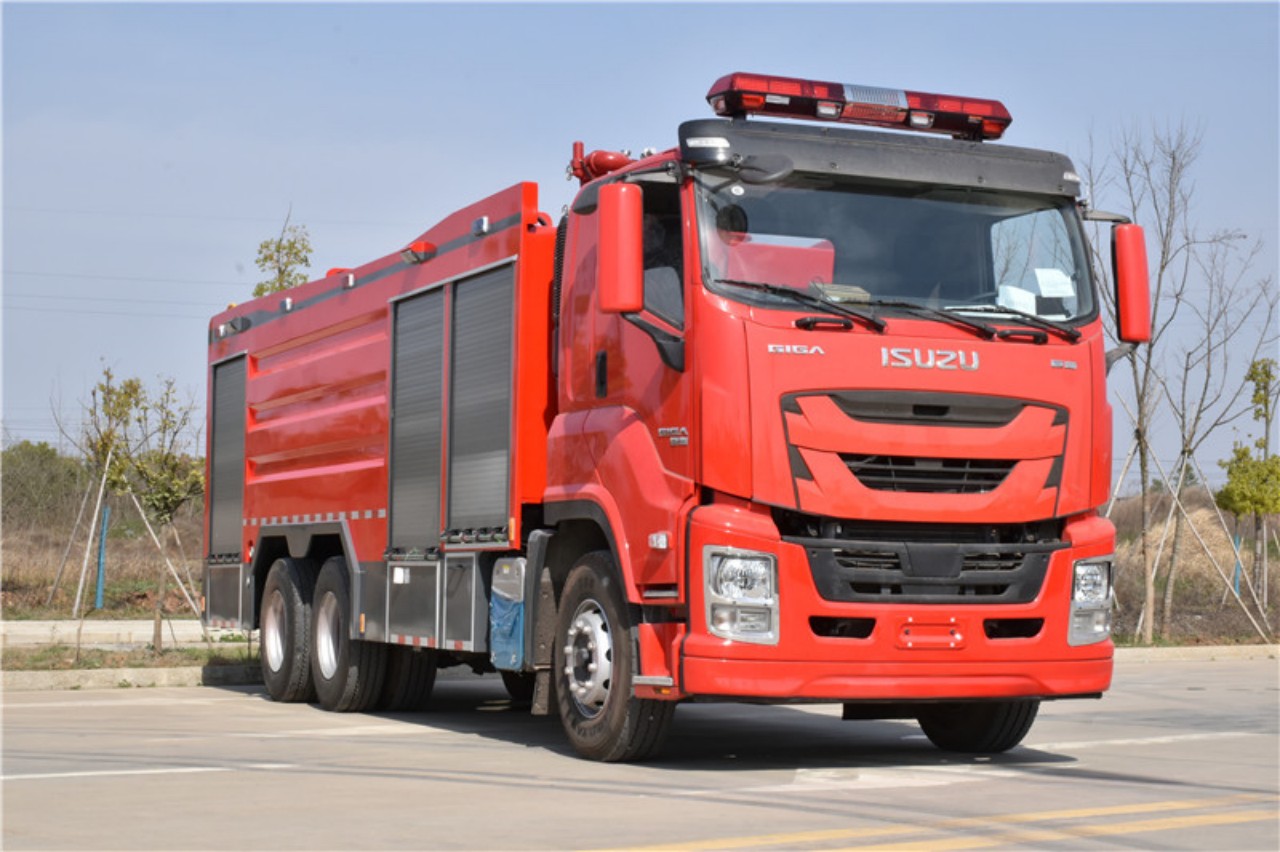The iconic red fire truck is one of the most recognizable vehicles on the road, symbolizing emergency, urgency, and heroism. But have you ever wondered why fire trucks are red—or why some aren’t? Across different regions and over the years, fire trucks have appeared in a variety of colors, including lime yellow, white, orange, blue, and even black. The color of a fire truck is more than just a stylistic choice; it’s determined by a complex set of factors, including tradition, visibility, safety science, departmental identity, and even community preference.
In this article, we’ll explore the history, science, and reasoning behind fire truck colors, examining what truly determines the final shade of these life-saving machines.
1. Historical Roots of the Red Fire Truck
The tradition of red fire trucks dates back to the early 20th century. At that time, fire departments were often volunteer organizations, and owning a fire truck was a symbol of pride. Red paint was one of the most expensive paints available, and departments often chose it to show off their dedication and prestige. As other vehicles on the road were typically painted black (thanks to Henry Ford’s assembly line Model T), red fire trucks stood out, emphasizing their unique purpose.
This tradition has endured in many parts of the world, especially in North America and Europe. Over time, the color red became deeply embedded in the public consciousness as synonymous with firefighting, danger, and emergency response.
2. Science of Visibility: Is Red the Best Color?
While red may be the most traditional and culturally symbolic color, it isn’t necessarily the most visible, especially under certain lighting conditions. Research into color visibility has shown that lime yellow or fluorescent green-yellow is more conspicuous than red, particularly during low-light conditions such as at night or in fog.
A landmark study by the U.S. Fire Administration and the National Highway Traffic Safety Administration found that fire apparatus painted lime yellow were up to 3 times less likely to be involved in an accident than those painted red. This is because the human eye is most sensitive to yellow-green wavelengths, making vehicles of that color easier to spot from a distance or peripherally.
As a result, many departments, particularly those concerned with maximizing safety, have begun adopting brighter, more visible colors.
3. Departmental Identity and Branding
Just like businesses use color to express identity and build brand recognition, fire departments also consider aesthetics and symbolism when choosing colors. For instance:
- New York Fire Department (FDNY) remains fiercely loyal to its red and white color scheme, which has become an iconic part of the city’s identity.
- Miami-Dade Fire Rescue in Florida uses a lime-green color for increased visibility and differentiation.
- Denver Fire Department uses a white-over-red scheme, reflecting a mix of tradition and modern visibility.
Some departments even add reflective striping, custom decals, or department logos that reinforce their brand and aid in identification, especially when operating in mutual aid situations involving multiple agencies.
4. Geographical and Environmental Considerations
Geographic location plays a role in color selection as well. In areas prone to heavy fog, snow, or nighttime driving, visibility becomes a top priority, prompting the use of high-visibility colors like lime green, white, or even orange. In urban settings with good street lighting, traditional red may still serve its purpose adequately.
In rural or forested areas, camouflage and contrast are sometimes considered. A bright red truck might stand out too much in a green forest during wildfire suppression, leading to the use of more subdued earth tones or white for wildland fire units.
Additionally, fire departments that serve airports (ARFF—Aircraft Rescue and Firefighting) often use lime-yellow or bright green vehicles as required by Federal Aviation Administration (FAA) regulations due to the need for maximum visibility on busy airfields.
5. Psychological Impact and Public Perception
Color psychology also plays a subtle role. Red is associated with urgency, heat, and danger—emotions directly tied to firefighting. It grabs attention, signals caution, and aligns well with sirens and flashing lights. Because of these associations, many citizens may feel more reassured or confident when they see a red fire truck approaching.
That said, public perception is evolving. In communities where lime-yellow or white fire trucks have been used for decades, those colors no longer seem unusual. Departments have noted that educational campaigns and consistent use help shape public expectations over time.
6. Cost and Maintenance Factors
Though less influential than safety or tradition, cost and maintenance can also determine the choice of color. Lighter colors like white or lime yellow tend to show less dirt and wear than red, making them easier to maintain. Additionally, custom paint jobs or two-tone schemes may increase upfront costs.
Some departments even factor in long-term paint durability, especially in harsh climates where sun exposure, salt, and chemicals can degrade finishes more quickly. Modern fire apparatus manufacturers offer specialized coatings to help any color resist fading and corrosion.
7. Customization and Special Units
Specialized fire units often use color to distinguish their roles. For example:
- Hazmat response trucks may be painted in bright orange or blue to distinguish them from suppression vehicles.
- Rescue squads may use all-white or dark color schemes for easy identification.
- Wildland fire trucks or brush trucks may be painted tan, green, or camouflage to blend into rugged environments.
Some fire departments also participate in public awareness campaigns by deploying pink fire trucks for breast cancer awareness month or red-white-and-blue schemes to honor military veterans.
8. Global Differences in Fire Truck Colors
Different countries take different approaches based on local regulations, culture, and climate:
- In the UK and Australia, fire trucks are commonly red with high-visibility checkerboard patterns (Battenburg markings).
- In Germany, fire trucks are often bright red with fluorescent yellow or green striping.
- In Japan, a vivid red is still dominant, often with chrome or gold trim for ceremonial effect.
- In Scandinavian countries, white or red vehicles with reflective striping are more common, especially during snowy winters.
These variations reflect a blend of tradition, practicality, and regulation.
Conclusion
The color of a fire truck may seem like a simple design choice, but in reality, it is influenced by a multitude of factors, ranging from tradition and visibility science to maintenance, branding, and local culture. While red remains the most iconic and globally recognized hue, alternative colors like lime-yellow and white are becoming more popular due to safety benefits and evolving public perceptions.
As fire departments continue to innovate and prioritize safety and effectiveness, we may see even more diversity in fire truck colors in the future. Ultimately, no matter the color, the true value of a fire truck lies in the bravery of the people who ride in it and their commitment to protecting lives and property.

